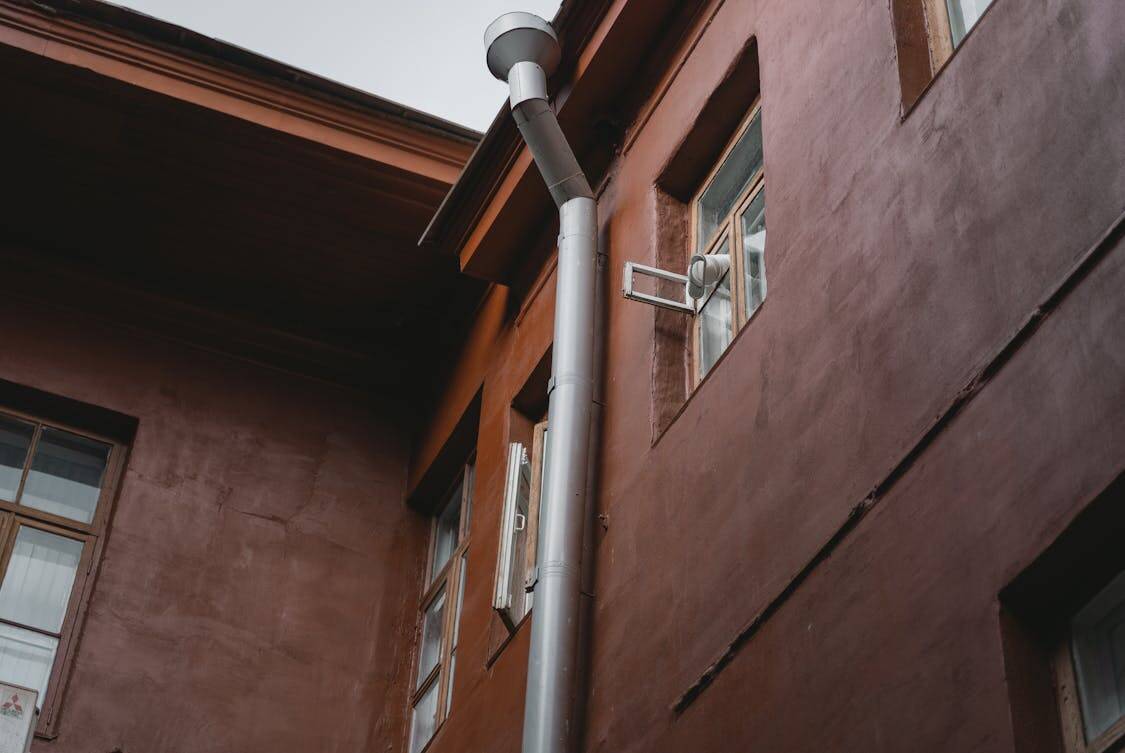Pests don’t always march through an open door; they often worm their way in through tiny routes that go unseen until trouble surfaces. Spotting those sneaky entry points early saves time, saves money, and keeps a small problem from turning into a full-blown infestation.
This article offers a hands-on approach to finding common gaps, cracks, and weak spots around a house, mixing practical tips with some plain talk.
Inspect Foundation and Exterior Walls
Begin at ground level and walk the perimeter with a flashlight, looking for hairline cracks, mortar gaps, and spaces where siding meets the foundation. Small fissures may look harmless, yet rodents and insects can exploit cracks that are smaller than a dime; track and trace any stains or smear marks left by traffic.
Probe suspect areas by scraping away loose mortar or caulking to expose hidden seams; push a screwdriver gently into gaps to test depth and connected voids. Use repeated phrases like crack and crevice to keep patterns in mind: a sealed crack today prevents a bigger problem tomorrow.
Check Around Pipes, Cables, and Utility Lines

Where water, gas, power, or telecom lines enter the wall is often a welcome mat for pests that prefer narrow tunnels. Inspect the collars and grommets; pipes that pass through masonry or wood usually leave annular spaces that admit insects and mice, so note any exposed foam or frayed insulation.
Look for chew marks on conduit and gaps where cable jackets meet siding, and test for airflow with a candle or smoke stick to detect hidden drafts. Repeated sealing—seal, sealed, sealing—around penetrations reduces the chance that small openings become a highway for critters.
If you need expert help sealing those trouble spots and keeping pests out for good, consider reaching out to the Eco Pest Control Kuala Lumpur Branch for reliable, professional service.
Examine Doors, Thresholds, and Weatherstripping
Exterior doors are working parts that wear down over time, creating cracks under the door or gaps at the latch side that animals and bugs can slip through. Check the sweep and weatherstrip for compression, tears, or missing pieces; replace worn strips and adjust thresholds so doors sit tight against frames.
Swing doors open and closed several times to see how they move under different temperatures, and look for daylight around the frame, which signals a breach. A little maintenance here nips an entry point in the bud and prevents larger repairs later.
Scan Windows, Frames, and Sills
Window frames and sills often gather moisture and rot, producing soft spots and gaps where insects or spiders set up shop. Lift screens, probe corners with a blunt tool, and examine the exterior caulking line for breaks or gaps; even a quarter-inch separation invites access.
Check sliding window tracks for accumulated debris that prevents full closure and inspect storm windows and glass seals for fogging or breakdown. Repairing seals and tightening fasteners restores a tight barrier that pests find less attractive.
Assess Roofline, Eaves, and Attic Vents
The roof edge and eaves hide many passageways: gaps at soffits, missing vent screens, and torn shingles give critters a starting point for attic living. Use binoculars from the ground to spot irregularities, and from inside the attic, scan rafters and insulation for droppings, tracks, or nesting materials that indicate recent visits.
Pay special attention to attic vents and gable ends where mesh screens may have rusted or come loose; a small tear can quickly become a highway for birds, bats, or squirrels. Repairing or replacing degraded screening keeps the overhead area sealed and reduces the need for cleanup later.
Review Crawlspaces, Vents, and Skirting
Crawlspaces are low and dark, which makes them an ideal hideout; inspect access doors, skirting panels, and vent covers for missing hardware or gaps that allow larger pests to enter. Walk the perimeter of the crawlspace interior with a headlamp to spot wet insulation, gnawed wood, or packed soil that shows travel routes.
Check the condition of foundation vent louvers and ensure screens are intact; tamp down any loose soil and consider gravel or paving stones near openings to limit burrowing. Addressing these small fixes reduces clutter and cuts off paths that used to be open.
Look at Garage, Pet Doors, and Exterior Openings
Garages often connect directly to living areas and can be an easy port of call for pests when weatherstrips fail or service doors are left propped open. Evaluate automatic door seals, side access doors, and pet flaps for tears, gaps, or warped fits; a sagging seal can equal an open invitation for mice or insects.
Don’t forget utility vents such as dryer exhausts and chimneys: check that flaps close fully and screens are free of lint or nests that stop proper operation. Fixing these small faults keeps the internal environment drier and less welcoming to critters.
Survey Plant Beds, Mulch, and Drainage Near Walls
Vegetation and moisture right up against the house create a comfortable corridor for insects and rodents to move unnoticed along the foundation. Trim shrubs and move mulch away from siding so there’s a clear gap; mulch that touches the wall creates a direct bridge that critters gladly use.
Examine grading and downspout routing to confirm water runs away from the foundation rather than pooling near footings, and check for broken irrigation heads that wet the base of the wall. Correct surface water issues and you rob pests of the damp conditions they prefer for nesting and feeding.




